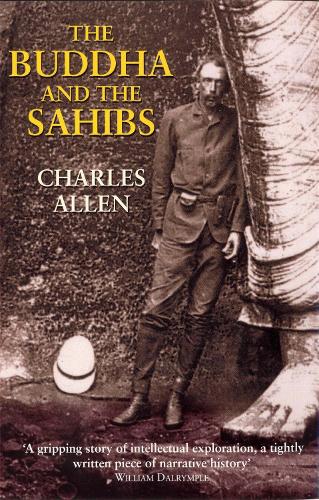
The Buddha and the Sahibs
(Paperback)
Publishing Details
The Buddha and the Sahibs
By (Author) Charles Allen
John Murray Press
John Murray Publishers Ltd
11th September 2003
7th August 2003
United Kingdom
Classifications
General
Non Fiction
Buddhism
Asian history
294.30954
Physical Properties
Paperback
336
Width 129mm, Height 196mm, Spine 20mm
246g
Description
Today there are many Buddhists in the West, but for 2000 years the Buddha's teachings were unknown outside Asia. It was not until the late 18th century, when Sir William "Oriental" Jones, a British judge in India, broke through the Brahmin's prohibition on learning their sacred language, Sanskrit, that clues about the origins of a religion quite distinct from Hinduism began to be deciphered from inscriptions on pillars and rocks. This is the story of the search that followed, as evidence mounted that countries as diverse as Ceylon, Japan and Tibet shared a religion which had its origins in India yet was unknown there. British rule brought to India, Burma and Ceylon a whole band of enthusiastic Orientalist amateurs - soldiers, administrators, adventurers and eccentrics - intent on investigating the subcontinent's lost past. Unwittingly, these men helped lay the foundations for the revival of Buddhism in Asia in the 19th century, and its spread to the West in the 20th.
Reviews
'Few books have so succinctly yet accessibly investigated such a lesser-known yet seminally important corner of Indian history' -- Martin Booth, Sunday Times 'Allen has excelled himself, and this highly cultured and also finely illustrated offering is a thoroughly absorbing distraction' -- Justin Wintle, Financial Times 'In the nineteenth century, a group of enthusiastic Europeans ... set about unearthing evidence in India of ancient Buddhist teachings. Their fascinating story is told by Allen in an intriguing mixture of part detective work and part evocative storytelling' -- Daily Express
Author Bio
Charles Allen made his reputation with his celebrated oral histories, starting with Plain Tales from the Raj, which has now sold over 250 000 copies. His most recent book was Soldier Sahibs, which the Sunday Times called 'magnificent' and the Daily Telegraph 'marvellous'.
